A Visual Guide to Styes and Chalazia

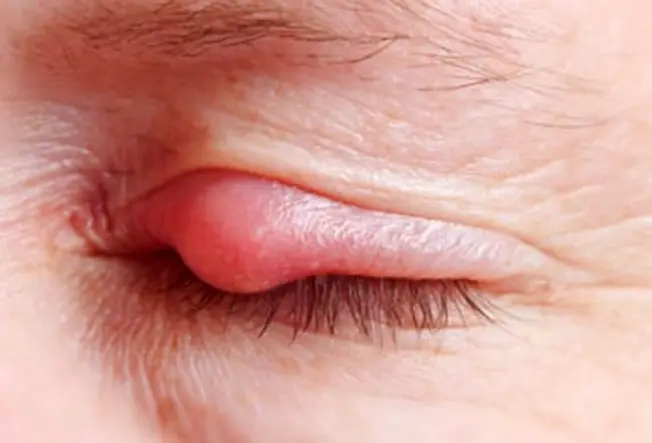
What Is a Stye?
It’s a small, painful lump that can pop up inside or outside your eyelid. It may look like a pimple at the base of your eyelashes. Styes under the eyelid may be less noticeable at first. But both can make your eyelid red, swollen, and tender to the touch. Your eye might feel scratchy and sore, too.
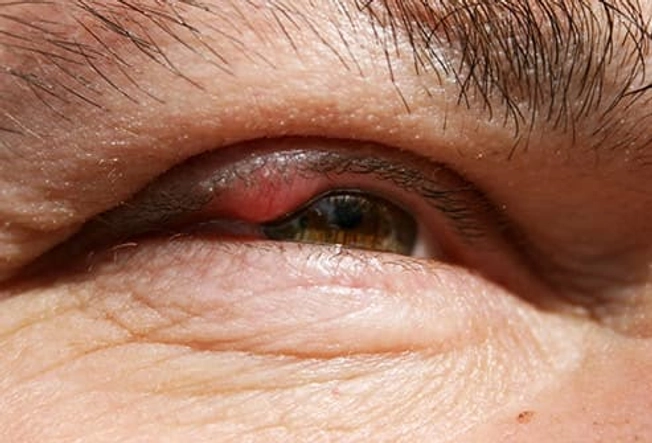
What Is a Chalazion?
It’s a bump on the eyelid that grows when an oil gland gets clogged. It can sometimes start as a stye that hardens over time. Unlike a stye, it’s usually painless and feels rubbery with a hard bump inside.
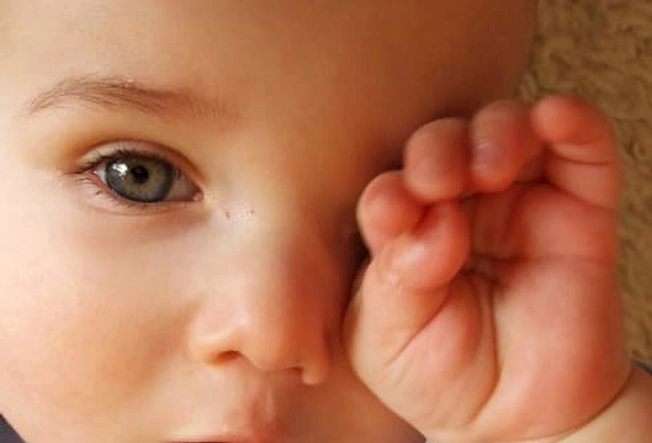
What Causes a Stye?
The problem is bacteria. It infects an oil gland inside the eyelid or the hair follicle of an eyelash. Those germs can come from anything that touches or rubs your eyes, like your hands or eye makeup. You may tend to get more styes during allergy season when eyes get itchy. You’re also more likely to get them if you have blepharitis, a type of inflammation around the edges of your eyelids.
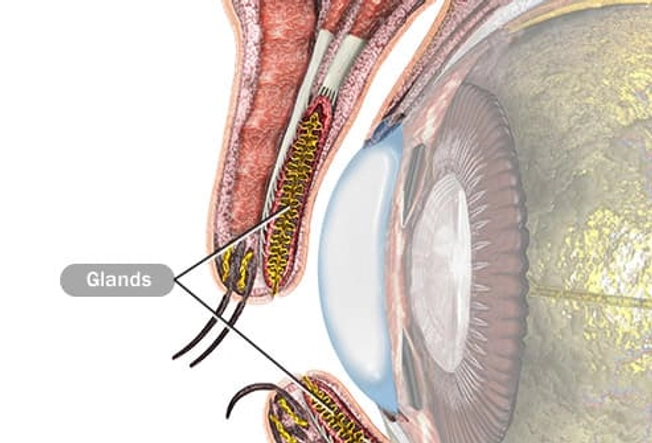
What Causes a Chalazion?
When glands around the eyelids make oil that’s too thick or their openings get blocked, oil builds up and inflames the area, causing a lump. Usually your doctor can’t tell exactly what caused it, though certain skin types and conditions like blepharitis may make them more common. Sometimes styes inside the eyelid can turn into chalazia.
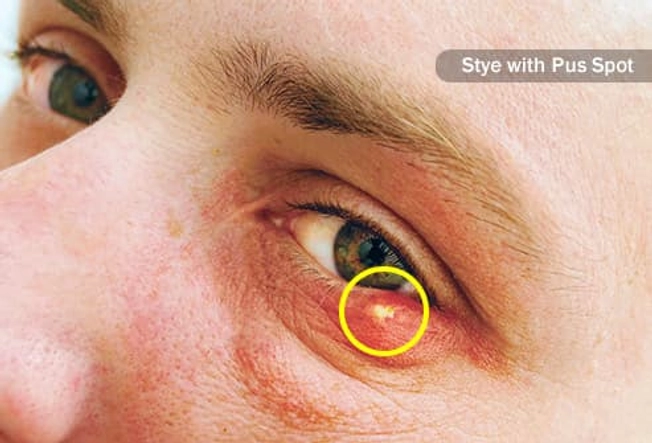
Which Is Which?
It can be hard to tell, but there are differences. In general, a stye is infected and a chalazion is not. Infection can cause a small “pus spot” at the tip of a stye (shown here) that looks like a pimple. It can make your eye painful, crusty, scratchy, watery, and more sensitive to light. It may even make your whole eyelid swell. A chalazion usually doesn’t hurt and may make the eyelid swell early on. But you may not even notice it at first. If there’s no longer an infection, or the oil glands get clogged without being infected, it’s called a chalazion.
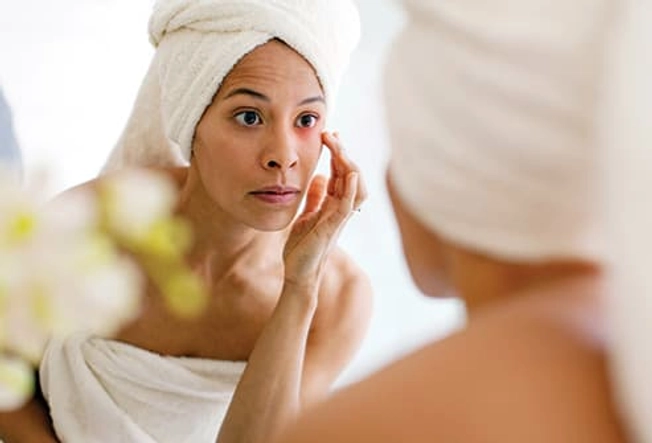
Don’t Try to Pop Them
A stye can look very much like a pimple. That may tempt you to squeeze it until it pops. Don’t do it -- that can spread the infection to your eyelid. Just leave the area alone. Both styes and chalazia usually go away by themselves in a few days or weeks.
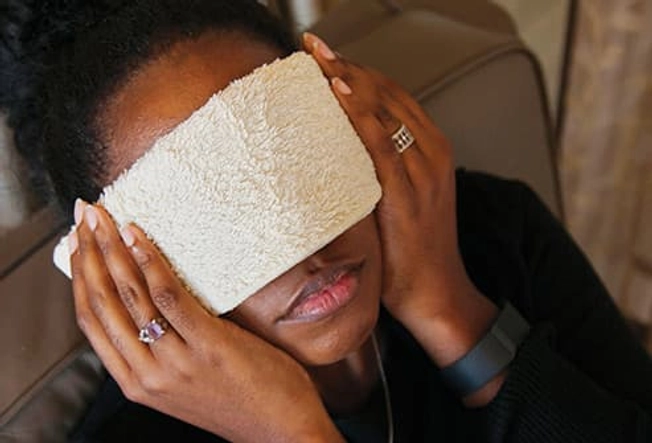
Warm Compresses Speed Healing
Soak a clean washcloth in hot water and put it on your eyelid for 10-15 minutes at a time, 3-5 times a day. This can help soften and unclog a chalazion or stye. If it’s a chalazion, you can gently massage the area (don’t squeeze it) with your finger to help it along. Just make sure your hands are clean. A daily warm compress also may help prevent styes or chalazia if you get them regularly.
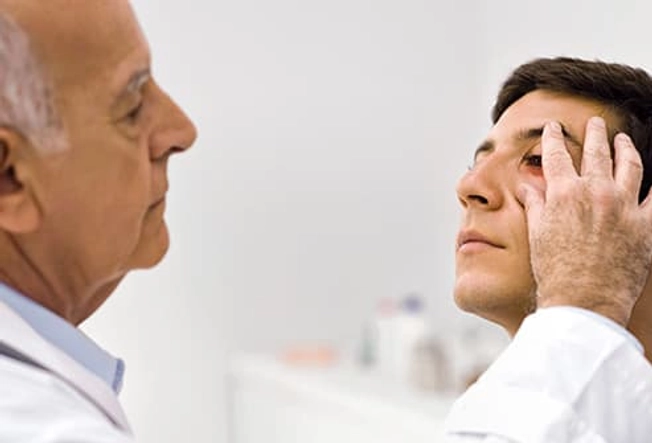
When to See a Doctor
Most styes and chalazia go away on their own and don’t need treatment. But get your eye checked if it doesn’t start to get better within a few days, it grows really fast, or starts to bleed or affect your vision. Also, if it starts to spread to the white of your eye or you see redness in your cheeks, see your doctor ASAP. Those could be signs of a spreading infection.
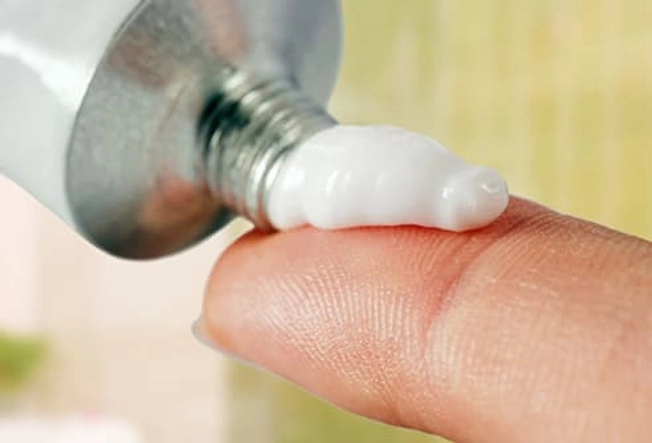
At the Doctor
Your doctor can usually diagnose a stye or chalazion just by looking at your eye, sometimes under a light with magnification. If a stye is big and painful or hasn’t gotten smaller after 1-2 weeks, they may drain it. They’ll numb the area, then make a small cut to let the pus out. In some cases, doctors prescribe an antibiotic cream to put on a stye. If it’s a chalazion, you may get a steroid shot to ease some of the swelling.
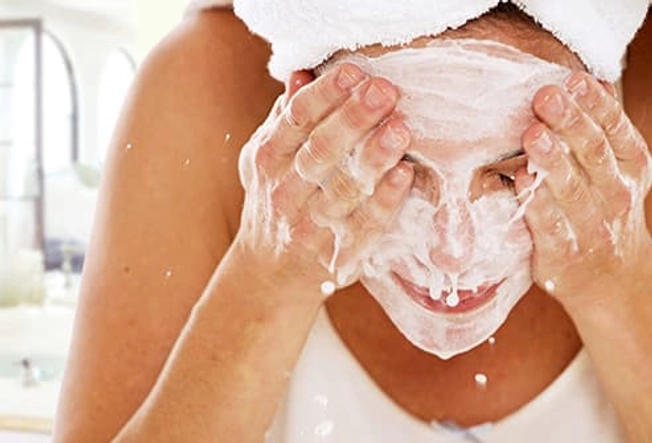
Prevention: Cosmetics
If you already have a stye or chalazion, take a break from your eyeliner, mascara, and other cosmetics until it heals. You can prevent them if you throw away old eye makeup. It’s best to replace it about every 6 months and not to share it with other people. Also, wash it off each night before you go to bed so it won’t block your pores and hair follicles.
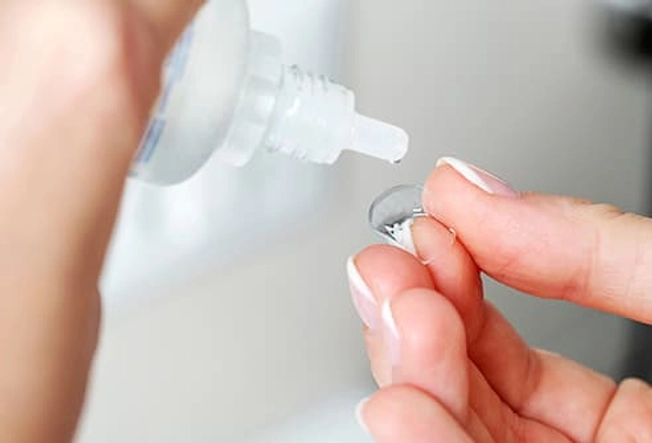
Prevention: Contact Lenses
If you wear them, make sure they’re clean. Your doctor can tell you the best way to disinfect them. It’s also important to wash your hands thoroughly before each time you handle them. Try not to wear your contacts while you have a stye or a chalazion. You can also ask your doctor about switching to daily disposable contact lenses.
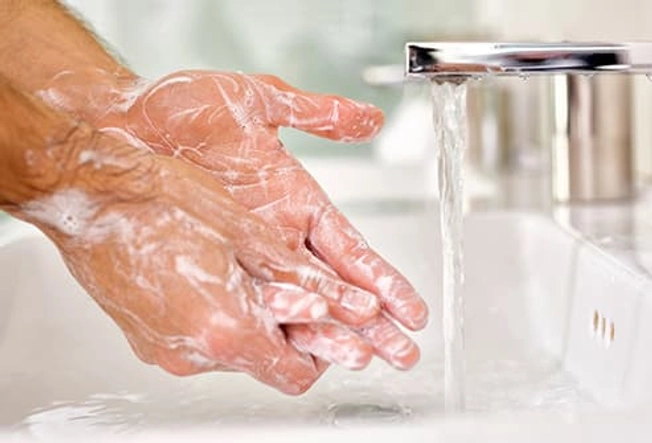
Prevention: Wash Your Hands
Hands often carry germs that can get in your eye and cause a chalazion or stye. Keep them clean with soap and warm water, or use an alcohol-based hand sanitizer if you can’t get to a sink. It’s tempting to rub your eyes when they’re itchy. Try to leave them alone. Think about using allergy medication to help with the itch.